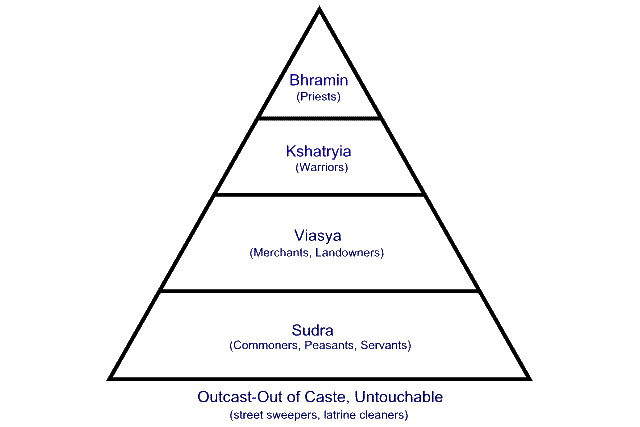- Prof M.N Srinivas introduced
the term 'sanskritization' in context to Indian society.
- Sanskritization is not a new concept in
sociological literature but M.N. Srinivas has used this concept in a
peculiar way.
- The term refers to a process
whereby people of lower castes collectively try to adopt upper caste
practices and beliefs to acquire higher status.
- It indicates a process of
cultural mobility that was taking place in the traditional social system
of India.

Through this process,
Srinivas found that lower castes in order to raise their position in the caste
hierarchy adopted some customs and practices of the Brahmins and gave up some
of their own which were considered to be impure by the higher castes.
- Sanskritization has occurred usually in groups who have enjoyed political and economic power but were not ranked high in ritual ranking.
- Thus after gaining political
and/or economic strength these groups tried to imitate certain rights,
practices and rituals to gain upward social mobility.
However off late
because of reservation and political mobilization correlated with the caste
identities, the trend has reversed. This trend is exactly opposite to
sanskritization, thus can be termed as de-sanskritization.
- In the recent past, there
has been a increasing tendency among various social groups to project
themselves as “backward” in order to accrue the benefits of the
reservation.
- The agitation by Gujjars in
Rajasthan to claim the status of Schedule Tribe and by Jats in north
western part of the country to include them in the list of backward class
truly exemplifies this novel trend.

